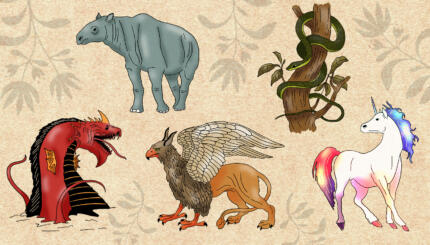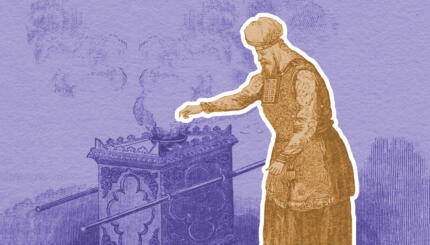Commentary on Parashat Vayigash, Genesis 44:18-47:27
In my work as a hospital chaplain, I am often privileged to accompany people in the last days of their lives or the lives of their loved ones. I recently spent a long night with Mark, a middle-aged man who had camped out in the waiting room outside his mother’s hospital room. The doctors had withdrawn artificial forms of life support and she was expected to pass away within hours.
Mark had paid for his mother to have the very best health care during the last months of her life, but he had not actually visited her in person. He had not seen her face or held her hand for over ten years. That night, Mark refused to leave the building, but he was also unwilling to actually open the door to his mother’s room, despite pressure from the hospital staff to say goodbye.
As we talked, it became clear to me that what was stopping Mark was not just his unresolved relationship with his mother, but also a sense of being overwhelmed. “It’s already too late,” he said. “She can’t speak or understand me. How can we fix anything now?” Out of fear of doing too little, Mark chose to do nothing at all.
This week’s portion offers a very different image of the human capacity to take steps toward healing, even in the face of seemingly overwhelming tragedy. In our Torah portion, Joseph is reunited with his brothers who, years earlier, had sold him into slavery. Despite the weight of this shared history, the brothers do not try to repair the mistakes of the past. They mostly just hold each other and weep.

Help us keep Jewish knowledge accessible to millions of people around the world.
Your donation to My Jewish Learning fuels endless journeys of Jewish discovery. With your help, My Jewish Learning can continue to provide nonstop opportunities for learning, connection and growth.
Joseph is brief in his words to the brothers who betrayed him, “Now, don’t be distressed or reproach yourselves because you sold me here,” says Joseph. “It was to save lives that God sent me ahead of you [to provide a refuge from famine.]” Despite the power of these words, they cannot heal the wounds of the past for they do not address the underlying injustice of the situation. Still, Joseph’s words have a profound impact–they bring the family closer together.
Let Us Draw Near
The name of our parashah points to this vision of moving toward action in the face of deep-seated wrongs that feel insurmountable. Vayigash means to draw near. The Torah is teaching us that to move in the direction of repairing relationships is literally to move toward one another. Even if we are unable to fully meet, to fully fix what’s broken, we can begin to make a difference by stepping forward.
When I think about my relationship with my brothers and sisters in the Global South, I sometimes feel like Mark–trapped and frozen outside his mother’s hospital door–feeling that the injustices that have been done are too big for me to fix. When I receive donation envelopes in the mail reminding me about the vast needs for food, medicine, shelter, and basic safety that billions of people are lacking due to systemic inequalities–I feel paralyzed.
For many years this sense of being overwhelmed led me to engage exclusively in local political organizing and to not even educate myself about global issues. Yet, in 2006, I traveled to El Salvador with AJWS’ Rabbinical Students’ Delegation. I was struck by the hospitality of the people in our host community who invited me to draw closer to them and take part in their lives. As I listened to stories of their struggles against violence and hopelessness after years of economic repression and civil war, I realized that I could no longer stand outside the “hospital door.”
Vayigash offers a Jewish approach to global justice work–let us draw near. The divide of inequality between the Global North and the Global South may not be bridged in our lifetimes, but we can draw nearer to the people and the issues most impacted by global poverty and racism. We can draw near by educating ourselves, by being involved in advocacy efforts, and by supporting grassroots community development projects.
During this week of Parashat Vayigash, the week of drawing near, may we not be like my patient Mark, frozen outside the door. May we let go of the fear of doing too little that often leads us to do nothing at all. May we have faith that drawing a bit closer to other people, even if it is only one step, is the first step toward changing the world.
Provided by American Jewish World Service, pursuing global justice through grassroots change.
Sign up for a Journey Through Grief & Mourning: Whether you have lost a loved one recently or just want to learn the basics of Jewish mourning rituals, this 8-part email series will guide you through everything you need to know and help you feel supported and comforted at a difficult time.
Looking for a way to say Mourner’s Kaddish in a minyan? My Jewish Learning’s daily online minyan gives mourners and others an opportunity to say Kaddish in community and learn from leading rabbis.



